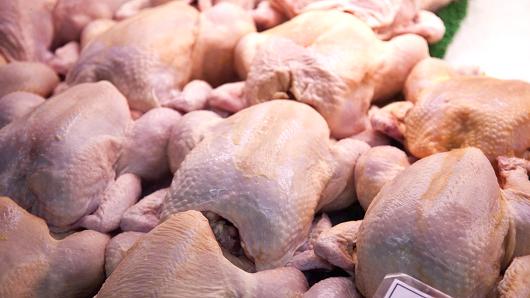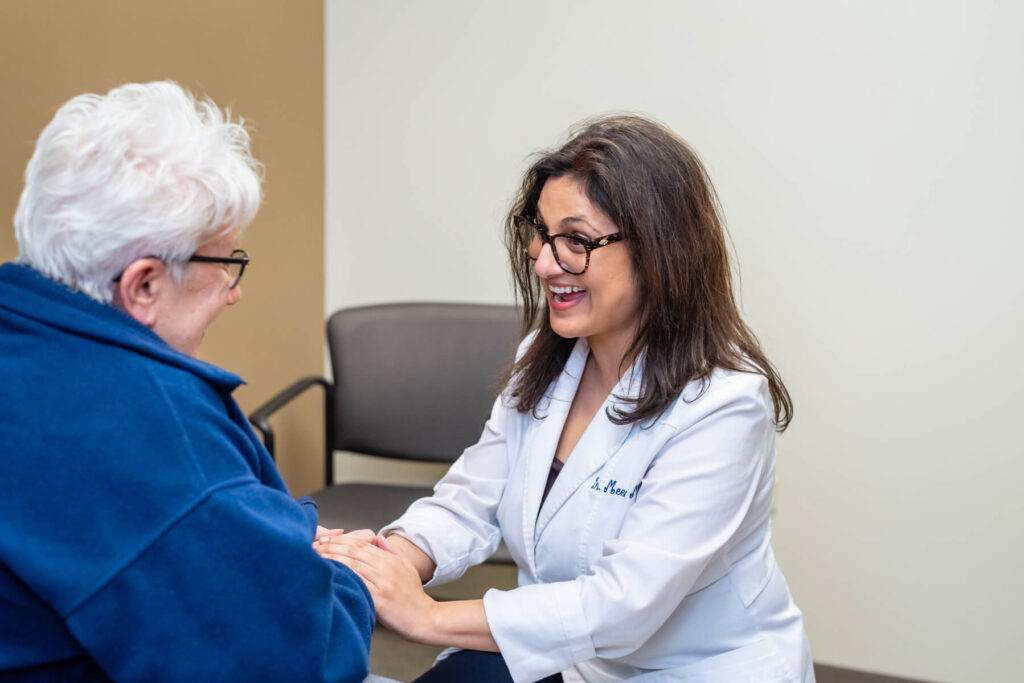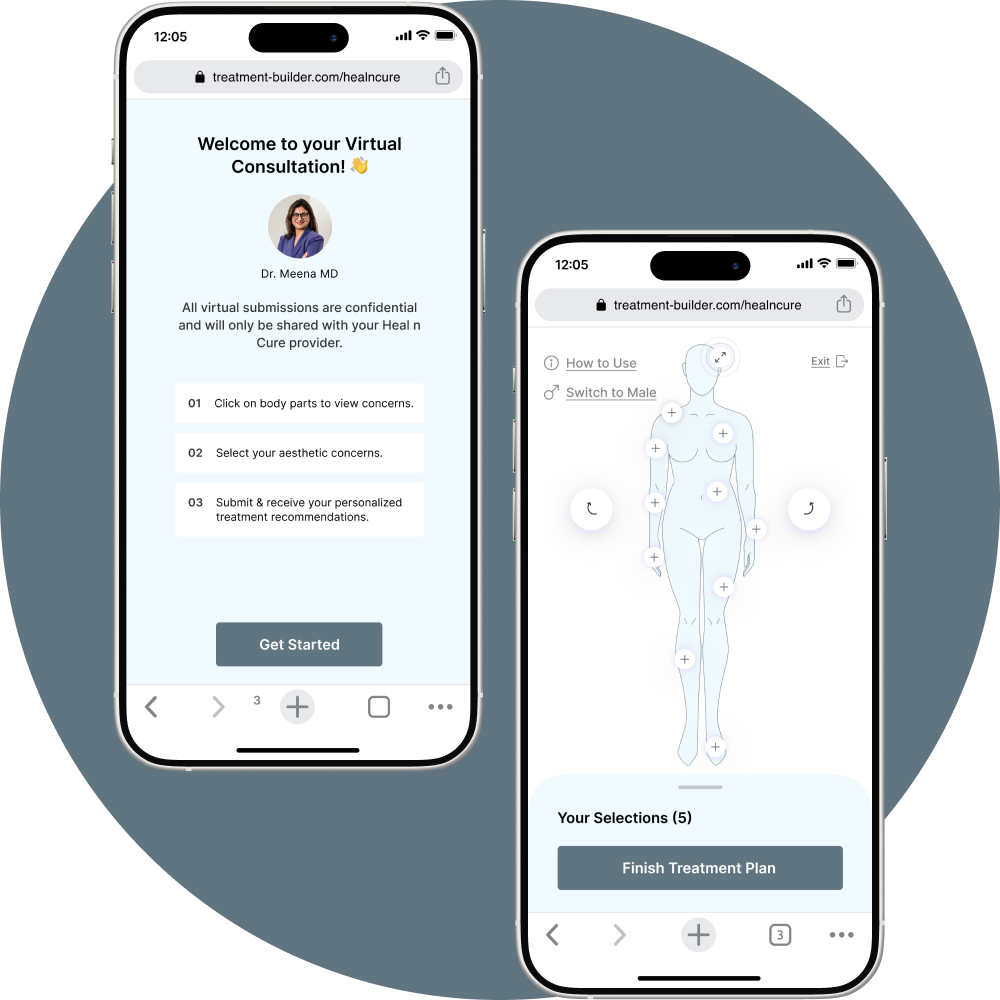
Superbug' bacteria widespread in U.S. chicken: consumer group
Back in December of last year, a U.S. consumer group reported that approximately 50% of the raw chicken breast in a nationwide sampling carried antibiotic-resistant “superbug” bacteria. This findings prompts for stricter limits on the use of the medicine on livestock.
Consumer Reports explains that people who become ill after eating chicken with the antibiotic- resistant bacteria could be more difficult to treat.
According to Consumer Reports, they tested six types of bacteria in 316 raw chicken breasts purchased from retailers nationwide during July. They found that almost all of the samples comprised potentially dangerous bacteria.
Results showed 49.7% of the raw chicken carried a bacterium resistant to three or more antibiotics, and 11% had two types of bacteria resistant to several drugs. Resistance was most frequent for the antibiotics used for growth stimulation and disease treatment of poultry.
Consumer Reports advised passage of a law to restrict eight classes of antibiotics for use only to treat humans and sick animals. They explained the law would be more effective than the Food and Drug Administration’s plan to phase down the non-medical use of antibiotics in livestock over three years.
Additionally, it said the Agriculture Department should implement levels for allowable salmonella and campylobacter bacteria in poultry and give its inspectors the power to stop the sale of poultry meat that contains salmonella bacteria that is resistant to multiple antibiotics.
The broiler industry said it will adhere to the FDA’s planned phase-down of antibiotics although it says there is trivial risk from current use of the drugs.
Consumer Reports urges consumers to cook poultry to 165 degrees F to kill bacteria and take take food safety steps such as using a separate cutting board for raw meat, to avoid cross-contamination of other foods.
This Spring U.S. regulators announced- in response to the growing concern about antibiotic use in livestock feed and public health- that 25 out of 26 drugmakers that sell antibiotics used in animal feed have agreed to follow new guidelines that make it illegal to use their products for growth promotion.
The companies have agreed to start the process of removing any growth promotion claims on their products labeling.
Although the guidelines are voluntary, agency officials have said they expect drugmakers to fully adhere and to narrow their products’ use.
This labeling shift will ultimately mean that agricultural groups can continue to use such drugs to treat sick animals, they will be banned from using them for promoting growth in livestock, according to regulators.
Critics argue that the guidelines give drugmakers too much discretion in policing their own use of antibiotics and provide no mechanism for enforcement, and were unconvinced by FDA’s announcement.
The companies have also agreed to require such antibiotics, which are typically added to animals’ food or water, to be made available only through a veterinary prescription or via a veterinary feed directive status – instead of being available for sale over-the-counter at feed stores and other retail outlets, according to regulators.
Heal n Cure recommends our patients purchase antibiotic & hormone free chicken to reduce exposure to superbugs and to reduce the possible ingestion of traces of these antibiotics/hormones. Just like pesticide and herbicide residue on fruits and vegetables, we do not know if ingesting these chemicals and drugs is safe. Therefore, it is best to err on the side of caution and choose the cleanest produce or animal product available.



